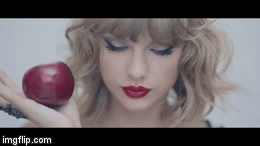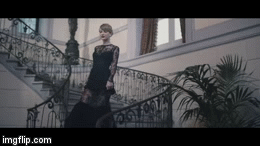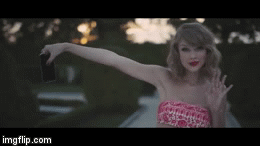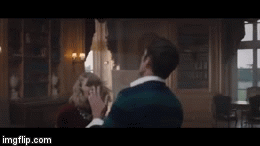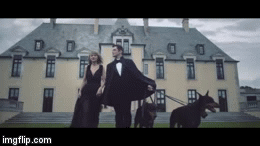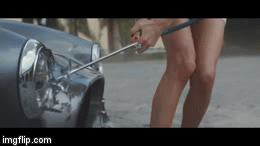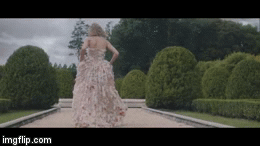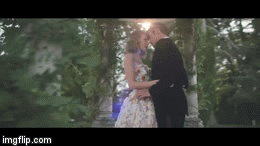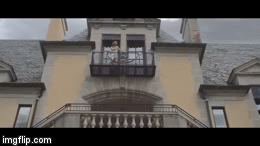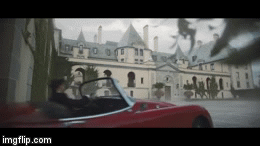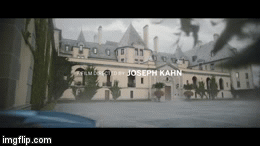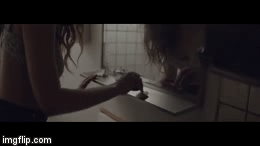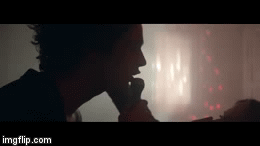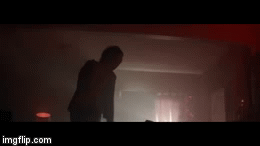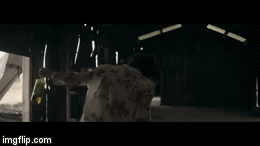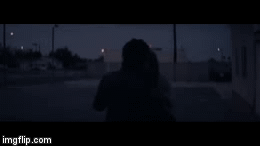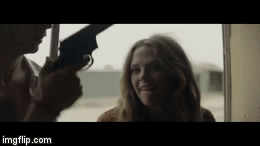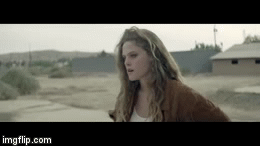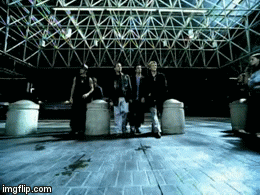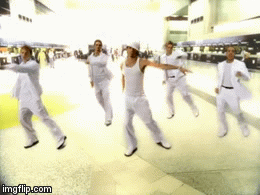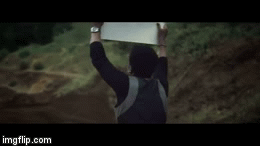It is important for audience to be able to access music video because the purpose of a music video is to promote a single from a artist or band. Over time music videos have become more accessible through the advancement of technology and media. Audiences are now able to download as well as stream music videos straight to their electronic devices such as smart phones, tablets and laptops to watch at their own demand. There are three main platforms that allow audiences to consume music videos, these are;
The Internet
TV Stations
media players such as iTunes.
The Internet
The internet is an extremely useful tool, which can be used for multiple different things. People are able to search for key words or phrases, using search engines such as Google, Bing and Ask. This has allowed audiences to keep up to date with information about their favourite bands and artists, as well as view all of their music video which are published online to site such as, YouTube and Vimeo. Audiences can also access social media sites, via the internet and share links to their favourite music videos on these sites. This will increase awareness of specific videos and will help to promote the band or artist further. Before the internet it was much harder for audiences in different countries to access music videos by their favourite artists/bands because the videos were often only released in one or two countries and would only be played on the tv.
Before YouTube was launched in 2005, there were no other websites which we dedicated to showing/publishing music video online for free. In 2006 Google, brought YouTube off of its creators Steve Chen, Chad Hurley and Jawed Karim for $1.65 billion. This was clearly a good investment for Google because YouTube is now on of the most viewed/visited websites on the internet. YouTube is now the biggest website for audience consumption of music videos.
TV Stations
There are now TV stations/channels, such as 4Music and MTV which focuses on playing current and old music videos. These channels primarily target teenagers and young adults. In addition to playing/showing music video they also consists of reality TV shows and scripted series in order to attract a wider audience. Some music channels such as MTV have created separate channels dedicated to different genres of music, in order to make it easier for audiences to access the type of music and artists/bands that they are interested in. Some radio stations, such as Kerrang! have also created TV channels, to work in conjunction with the music being played on air. Audiences can instead listen to the radio on there TV and see the supporting music videos for the songs that the DJs are playing.
Media Players
Audiences are now able to download and stream music videos onto their electronic devices via media player such as iTunes. The iTunes store has most music videos from different genres ready for audiences to purchase for an affordable price. This was of downloading and streaming creates money for the company selling the video as well as for the artist or band who's video is being sold. This way of accessing music videos is being more and more popular because it allows the audience to access the music video on demand, whenever and wherever they are.
However, piracy is a common thing that affects the success of a music video. It has more of a negative affect on artists/bands who have a smaller niche audience rather than those with a large wide audience. One site that is responsible for piracy and illegal downloads of music videos is ‘Pirate Bay’. The founders of the website were charged in Sweden for showing material that was illegally downloaded and copy righted. Piracy doesn't benefit the artist/band or the producers at all because it means that they make less money for their content/material. Despite this it is a popular way that audiences use to access music videos because it is free and allows them to download/stream them to their devices anywhere at any time.
